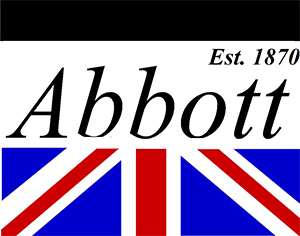Creating a vacuum?
Beyond the vacuum cleaner at home, a vacuum is created for use in many different industries. Let me share just a few examples.
In the medical industry the vacuum pump is used to create a suction to remove unwanted fluids – in an operation for instance. One use we may all have experienced is the suction used in our mouth at the dentist. Probably not one of our nicest memories!
Food packaging plants use vacuum to create an airtight seal around food. By removing the oxygen, colour, taste, flavour and texture of food is preserved.
In the pulp and paper industry vacuum is used during the forming process. Using vacuum the bulk of the water is removed in the process so that sheets of paper can be formed. Write on!
Ever had a light bulb moment? Just remember that light bulb contains a partial vacuum to protect the filament.
Vacuum pumps
The four main types of vacuum pumps used are Rotary Vane, Screw Vane, Dry Claw and Liquid Ring. The one thing they all have in common is they need a vacuum vessel within which to create that very useful vacuum! So how can we help you?
Vacuum Vessels
We manufacture a standard range of vertical and horizontal Vacuum Vessels with a minimum design pressure of -0.9 Bar. Bespoke horizontal Vacuum Vessels can be manufactured with saddle plates to accommodate the pump on top of the vessel and make a very tidy space saving unit.
Above Horizontal Vacuum Vessel with bespoke saddle plates to house a Vacuum pump
Size is no problem
Whilst we have a standard range of Vacuum Vessels, size is no problem for us! We can design and manufacture the vessel you need with vacuum rings if required.
See the above 50 000 litre Vertical Vacuum Vessel with vacuum rings
By purchasing a quality Vacuum Vessel from Abbott & Co. will ensure that you have a vessel fit for purpose. See what can happen when this isn’t the case by watching this You Tube video of a tank imploding
For any Vacuum Vessel enquiry please contact us on 01636 704208, email info@abbottpressurevessels.co.uk or alternatively use the enquiry button below.


